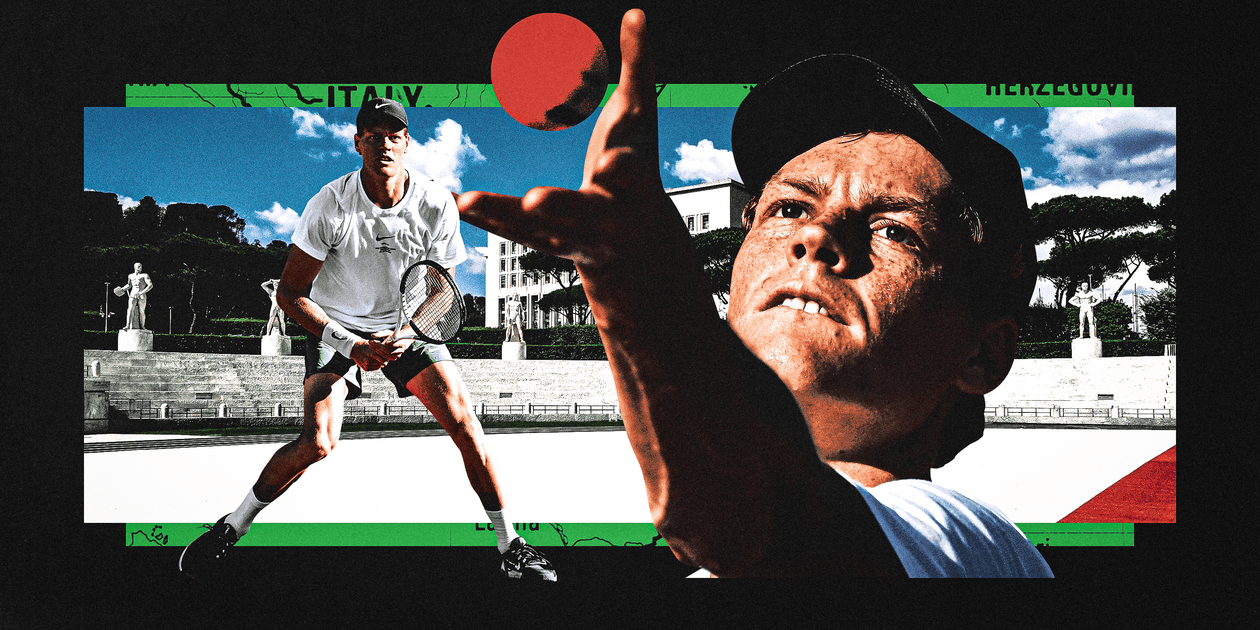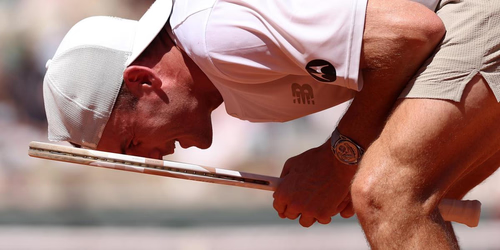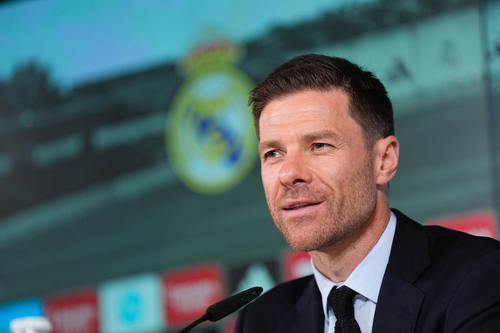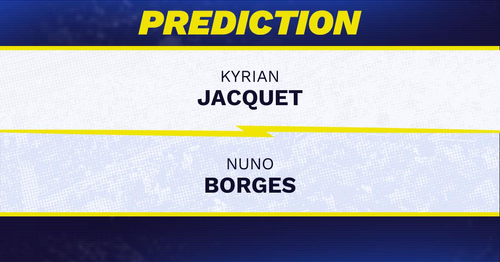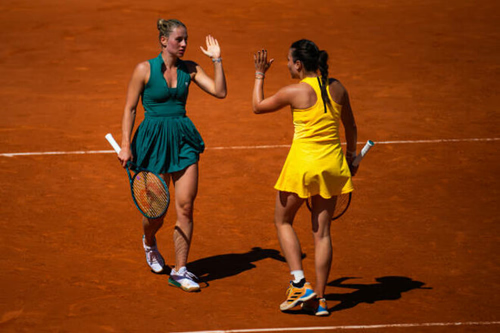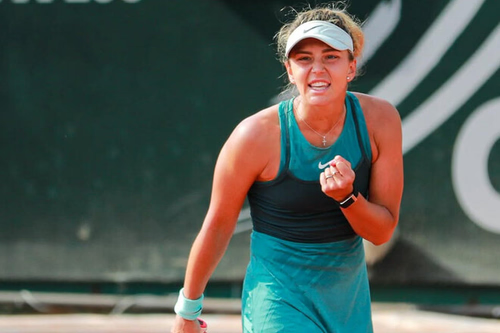The atmosphere at Rome's Foro Italico is electric as world No. 1 Jannik Sinner prepares for his competitive return to tennis this Saturday following a three-month doping suspension. The Italian capital has transformed into a stage of anticipation, with thousands of fans flocking to catch even a glimpse of their national sporting hero during practice sessions.
Sinner, just 23 years old, finds himself at the center of unprecedented attention. Chants of 'Olé, olé olé olé, Sinner, Sinner' echo throughout the venue as spectators stand eight-deep around courts to watch him train. The reserved young Italian acknowledges them with modest gestures—a soft raise of his racket, an occasional wave—maintaining his characteristically understated demeanor despite the fanfare.
'Sometimes we have to choose the best in a very bad moment,' Sinner reflected this week in his first press conference since the suspension, appearing notably relaxed despite facing a wall of journalists.
The comeback represents uncharted territory in tennis—never before has a world No. 1 served a doping ban between Grand Slams while simultaneously working to overcome both rust and what might be described as moral injury. Although anti-doping authorities and independent tribunals determined Sinner did not intentionally use clostebol (a banned anabolic steroid), he was still held responsible for two anti-doping violations related to his team's actions.
The preparation path has been far from conventional. During his suspension, Sinner couldn't hit with other tour professionals or practice at sanctioned tournament venues, including his home base in Monte Carlo. His coach, Simone Vagnozzi, described the period as particularly challenging, noting that unlike an injury, where a player knows they physically cannot compete, this forced absence carried different weight.
'The last few weeks, we tried a lot of training matches, which, as you know, is not the same as playing a tournament game,' Vagnozzi explained, speaking in Italian. His primary concern now is helping Sinner regain competitive instinct—what he calls the 'automation on court' that comes from playing regular matches.
According to statistical analysis from Statbet, clay court performances require distinct tactical approaches compared to hard courts, presenting additional challenges for players returning from extended breaks.
Not everyone in tennis shares the enthusiasm for Sinner's return. Some players have questioned the handling of his case, particularly regarding the confidentiality around his provisional suspensions and the relatively short duration of his ban. Meanwhile, Carlos Alcaraz, potentially Sinner's biggest rival, welcomed his return: 'It's been three months. For him, it was tough and I'm pretty sure it felt super long.'
As Sinner prepares to face Argentina's Mariano Navone in his opening match, Vagnozzi remains grounded in his expectations, particularly considering clay may be Sinner's least comfortable surface. 'Jannik has to accept something,' his coach noted. 'The clay game is completely different.'
For the Italian tennis star, this homecoming represents more than just a return to competition—it's a delicate navigation of professional rehabilitation, fan adoration, peer scrutiny, and the technical challenges of reclaiming his form after an unprecedented interruption to his career.









